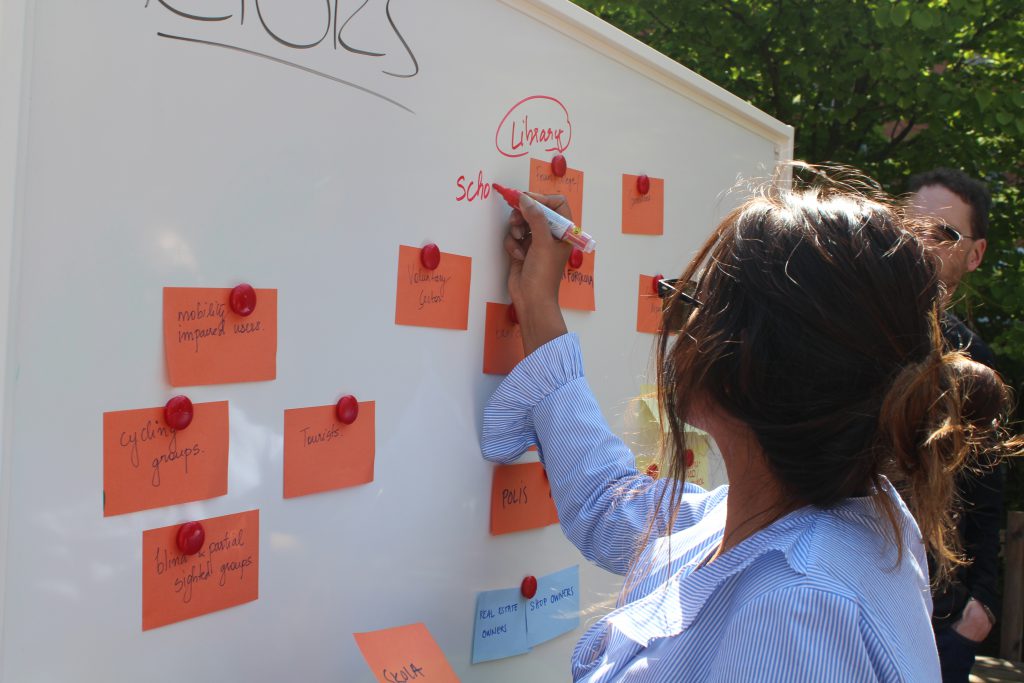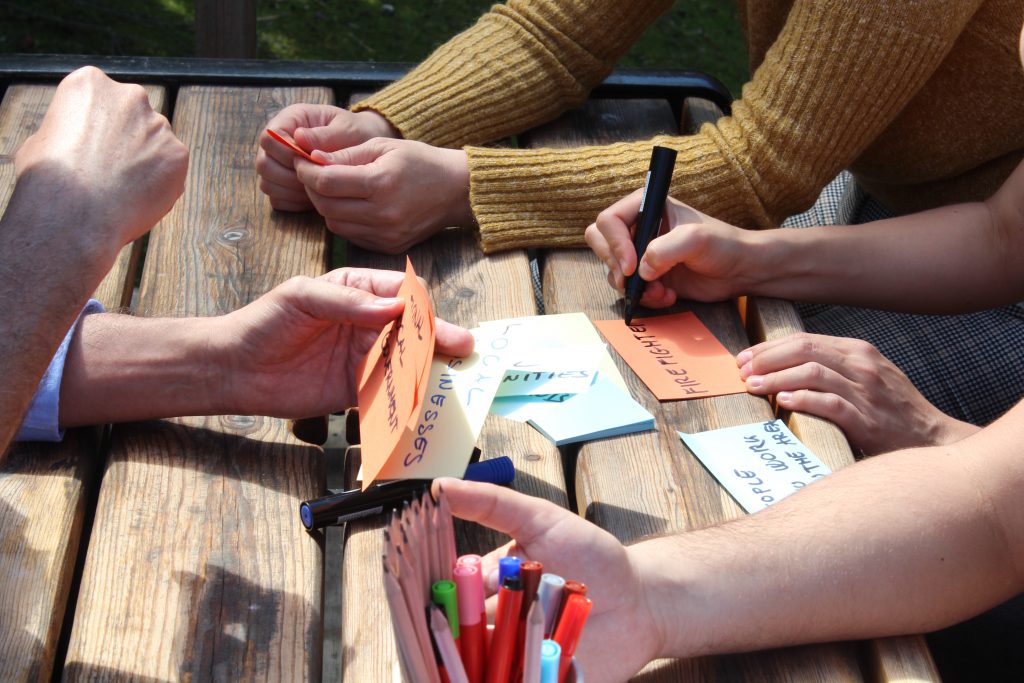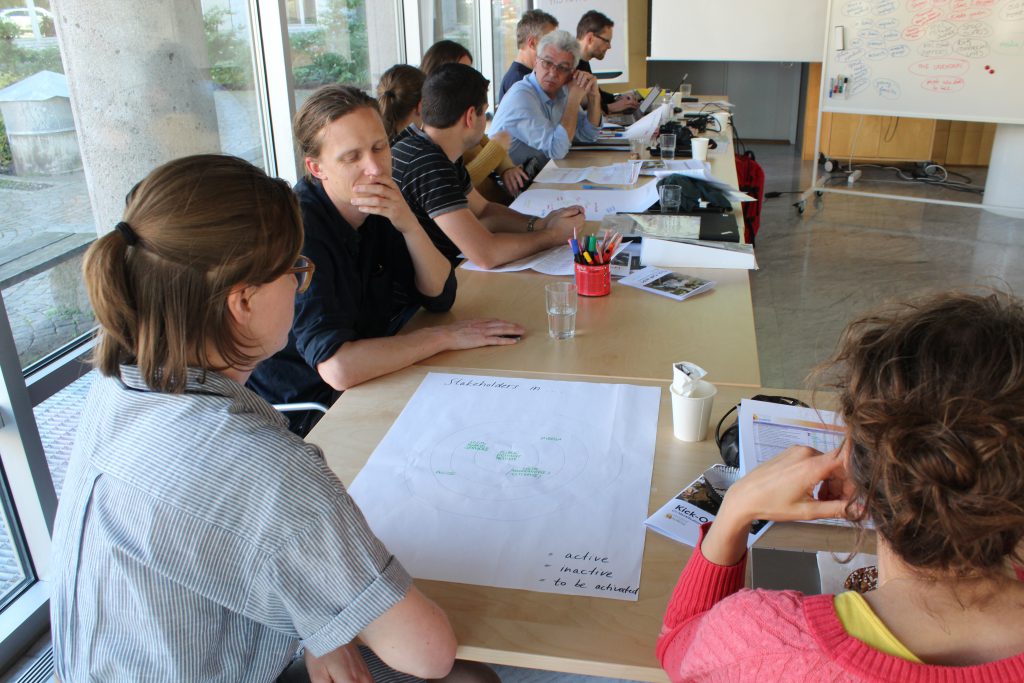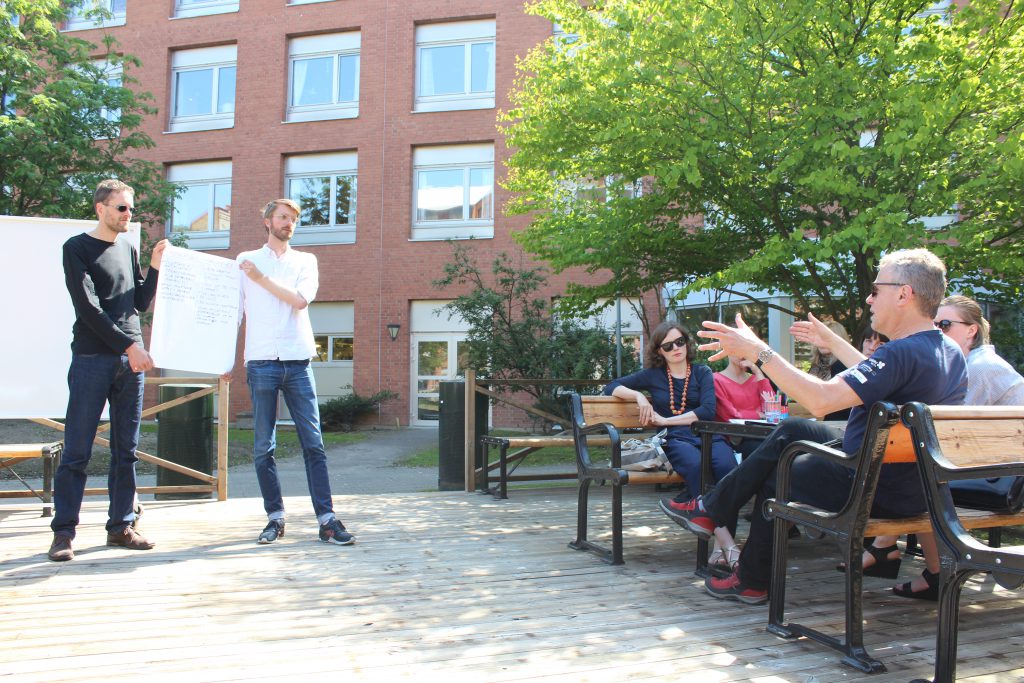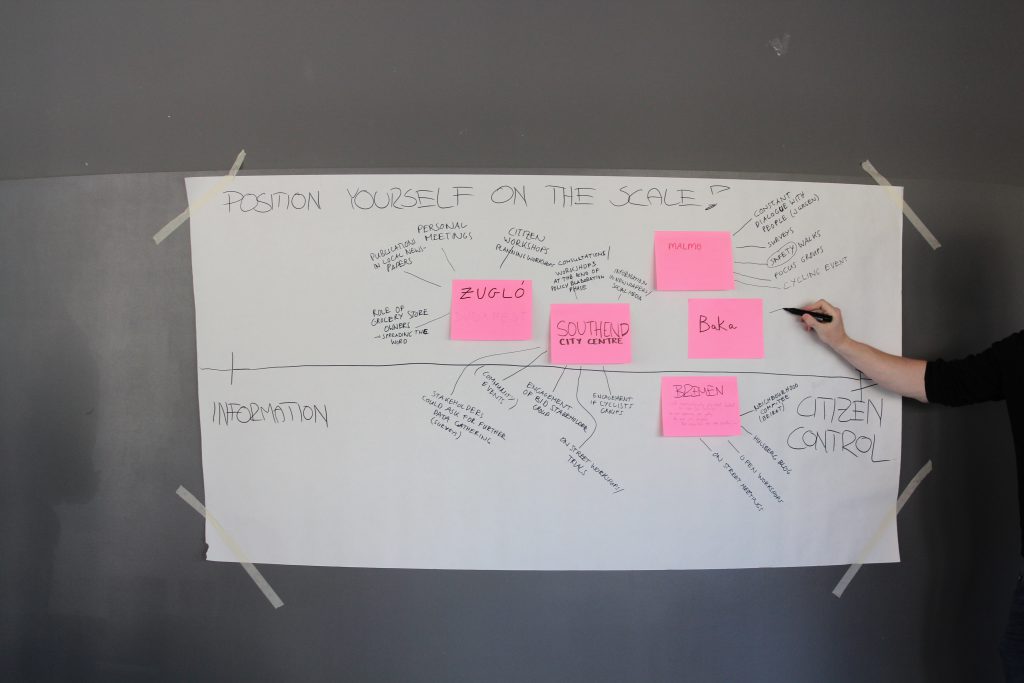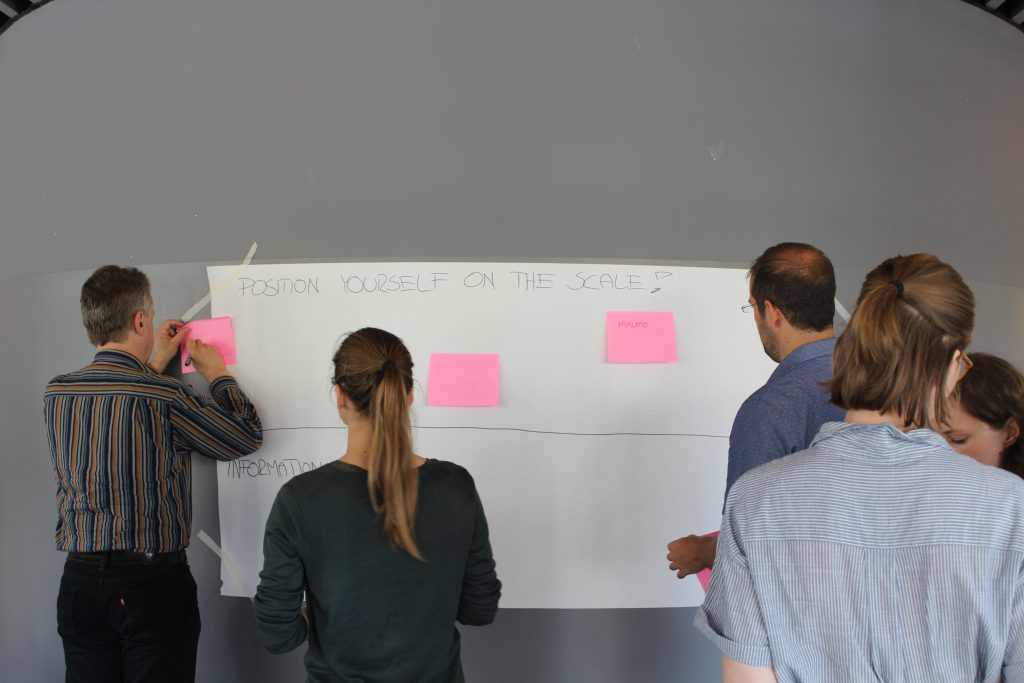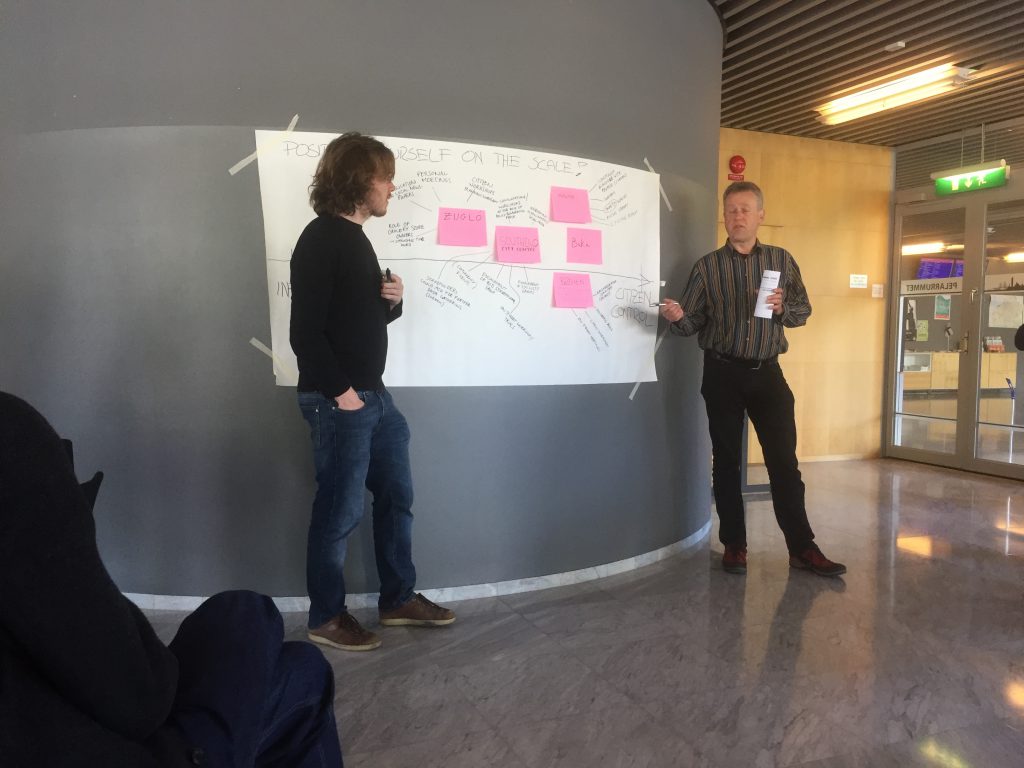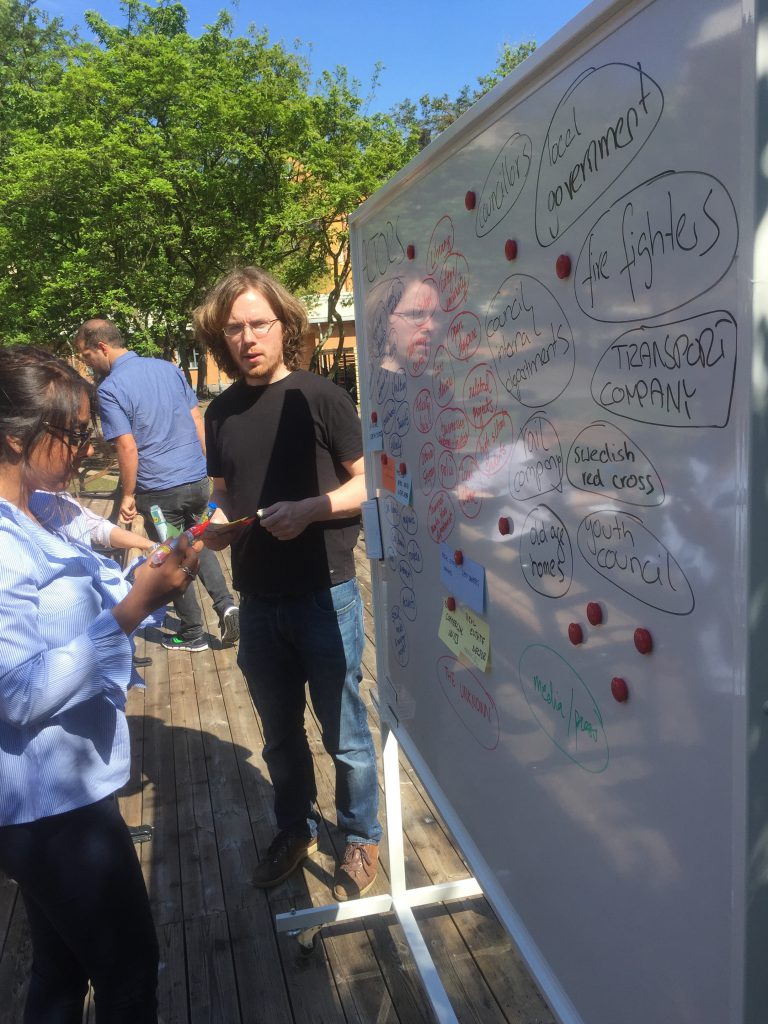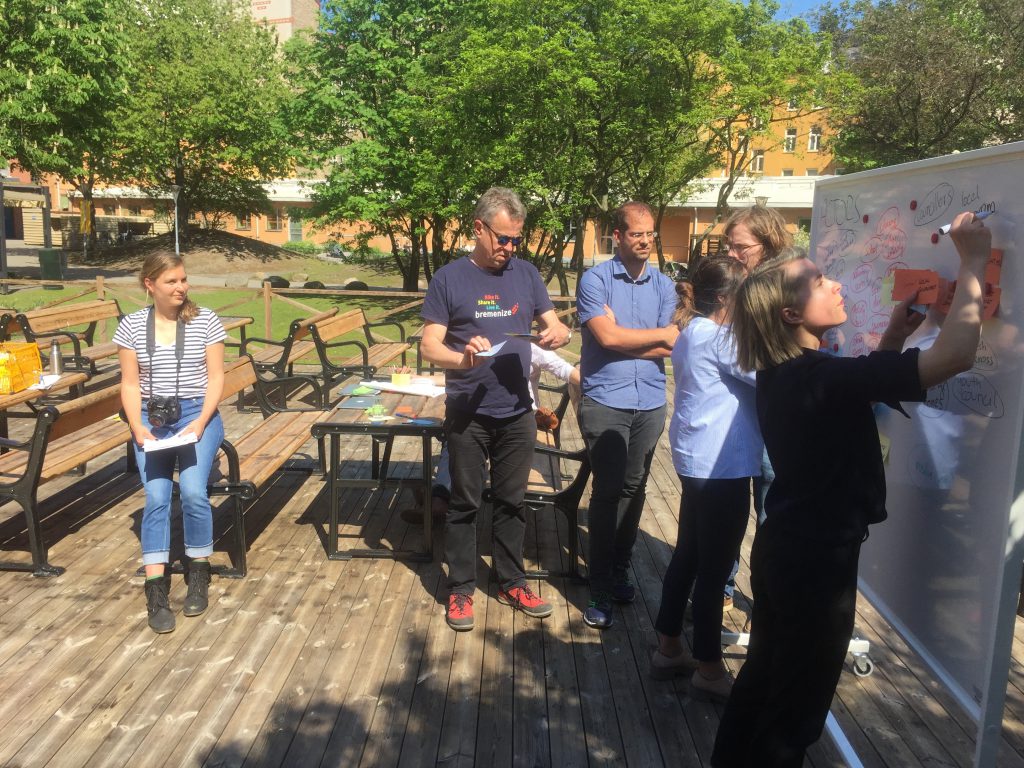Partner in SUNRISE:
- City of Malmö: malmo.se
Ambition
For Malmö, SUNRISE will be a core element of integrated dialogue and mobility management measures of its award winning SUMP. In the Lindängen area, Malmö will demonstrate how to catalyse the neighbourhood’s unique potential, knowledge and creativity towards more sustainable mobility, both passenger and freight. The inclusion of children and young adults in this process is of special interest.
Lindängen’s current situation
Lindängen is characterized by a multi-ethnic, international and very young population. 34% of its residents are below the age of 24 compared to 29% in the whole of Malmö. Other characteristics describing Lindängen are an employment rate, per capita income and school results all below the average for the whole of Malmö. Notably, 61% of the local residents indicated that they did not feel safe in their own neighborhood in 2011, compared to 34% in the rest of Malmö. A high crime rate and open drug dealing contributed to this public perception. A fragmented ownership of the estate has in the past presented a complex situation for municipal initiatives. Without the consent and interest of private real estate managers, public administration has little power to improve the local environment. This situation has left the local population disillusioned with municipal politics.
The municipal district development program 2010-15 was the first initiative to provide a long-term planning horizon for cross-sectorial cooperation in Lindängen. It put Lindängen’s population into the focal point and emphasized that any changes are made possible together with rather than for its residents. The objective to “establish a safe and attractive environment for young people as well as more job opportunities” was derived from a comprehensive dialogue process. Many of the program’s ideas resulted in activities that continue beyond the program period. Allaktivitetshuset and Framtidenshus are two prominent examples of living labs which have evolved with a particular focus on improving employment and education.
Lessons from the district development program will be harvested and institutionalized in 2017. The district-level administration has proposed a new model to ensure a united governance and coordination of investments to the neighbourhood. The model is called “Case Lindängen” and is supported by the European Regional Development Fund. It gathers social and physical investments in a portfolio of programs. It presents a pilot project on how to improve cross-sectorial cooperation in a specific area, expand its planning horizon and increase transparency. A total of twelve departments have already joined forces with public and social actors to build new homes, re-design public spaces, improve day-care centers and education, develop new jobs, meaningful free time activities, cultural meeting points and to improve public health. SUNRISE will allow Malmö to add an explicit mobility focus to it.
Mobility situation
Malmö’s sustainable urban mobility plan was ratified in April 2016. It highlights that walking, cycling and public transport should be the natural choice for everybody who lives, works and visits Malmö by 2030. To meet this goal, the city’s surface was broken down into 15 sub-areas that share comparable accessibility characteristics. For Fosie, the sub-area which Lindängen is part of, we want to increase walking from currently 6% to 10%, raise the cycling share from 18% to 25%, and allow for 35% of all trips to be made by public transport (as compared to currently 24%). If we master this challenge, car traffic will decrease from 49% to 30%.
Lindängen is representative for the Swedish building style of the 1960s-70s. During a time when housing was scarce, the national government encouraged the construction of one million new apartments with a clear separation of transport modes. Up until now, parking is reserved to places in underground garages and outside the neighbourhood. Inside, bike lanes and pedestrian paths connect residential areas with the central amenities, shops and services. What from the outset sounds like an ideal environment for children to play is not used as intended. In the absence of an adequate system to direct public and private services (e.g. deliveries, garbage trucks) heavy vehicles regularly occupy pedestrian and bicycle lanes. Moreover, many places are perceived as uninviting and unsafe. Consequently, people take detours to avoid certain locations.
Anticipated activities in SUNRISE
What is needed for residents to spend more time in the local centre and to pick up cycling again? How to foster a sense of ownership for these places’ maintenance in the long run? These questions are at the heart of Lindängen’s mobility challenge, where public spaces are rare and occupied by not always legitimate businesses, e.g. open drug dealing. In response to public requests, Malmö’s Urban Planning Department has forwarded a proposal to redesign Lindängen’s local centre in 2016. SUNRISE will inform this rebuilding process by testing different functions of public spaces together with residents, private real-estate managers and businesses. Having the neighbourhood’s demographics in mind, special attention will be given to children’s play, active travel modes and traffic safety. Micro-freight-terminals have the potential to relieve the neighbourhood from heavy goods traffic. Moreover, in order to develop a concept for coordinated dialogue and mobility management measures, the city will evaluate existing communication flows and improve dialogue channels (e.g. customer service) accordingly.
One local neighborhood association, called Gatukraft Lindängen, needs to be given special emphasis because it has inspired Malmö to this project. The association, which has evolved around a group of committed parents, regularly moves its living room out on the street. Music, light installations, art and games are used to uplift places that are perceived as particularly unsafe. Whether by organizing street festivals, gardening or temporary interventions, Gatukraft together with a host of other associations in the neighbourhood actively contribute to strengthening the social community. Their message is clear: As residents they do not feel represented by the poor and run-down centre. They want to be part in changing this. Through SUNRISE, Malmö will be able to demonstrate how to catalyse the neighbourhood’s unique potential, knowledge and creativity towards more sustainable mobility.
